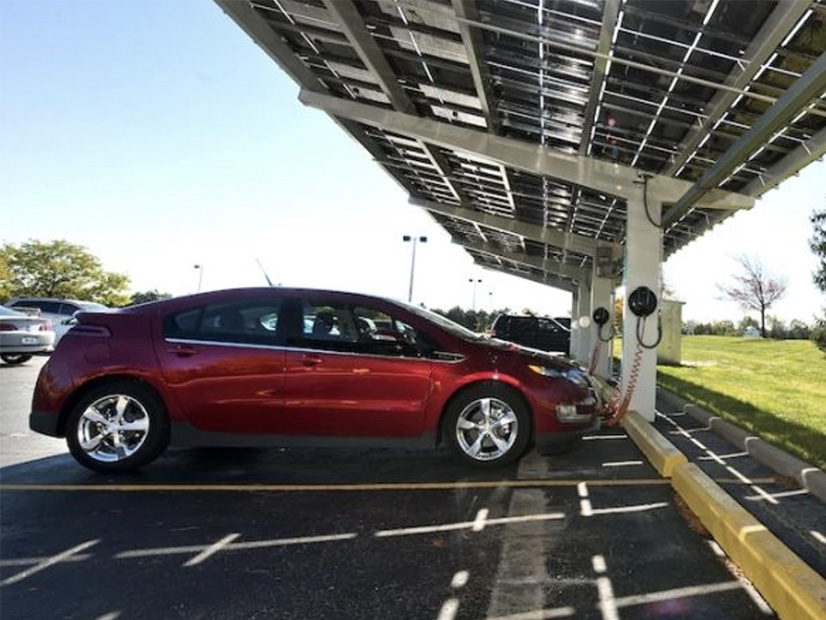NYISO on Thursday discussed its plans to comply with FERC Order 2222 with stakeholders, bringing the issue to the Installed Capacity/Market Issues Working Group ahead of a July 19 compliance filing deadline.
The ISO continues to outpace most of its counterparts, having two years ago proposed a participation model for distributed energy resources and aggregations, which FERC accepted in January 2020, nine months before it directed grid operators to allow DER aggregations to participate in their wholesale electricity markets. (See NYISO DER Participation Model Gets FERC OK.)
“Luckily we are already compliant with most of the aspects of Order 2222,” said Francesco Biancardi, market design specialist in new resource integration, who presented the topic.
Nonetheless, NYISO anticipates modest revisions to the existing tariff to prevent double counting of services, one area in which the commission said DER aggregations could appropriately be subject to “narrowly designed restrictions.” The ISO and New York’s investor-owned utilities are working to identify potential retail programs and wholesale revenue streams that may cause double counting.
Needed Updates
Biancardi said NYISO understands stakeholders’ desire for additional information regarding proposed tariff language, including what a utility review of DER aggregations might look like, and will try to provide updates to stakeholders ahead of July 19.
As required by the order, NYISO is developing a utility review process with the utilities that will enable each transmission owner to review DERs intending to participate in the markets and recommend that the ISO prohibit a particular DER from participating because of distribution-level reliability concerns.
NYISO’s approved DER market design defined a real-time operational coordination procedure to support compliance with related directives. The tariff already directs the ISO and TOs to coordinate “scheduling and dispatch for all generators, demand-side resources and DERs, giving priority to minimizing the magnitude of reliability impacts and to resolving actual impacts over predicted impacts. The ISO has the final authority to determine schedules for resources engaged in dual participation.”
Stakeholders expressed concern about ultimate control, which they said is not clear. The order says the grid operator maintains control of aggregations, but the entity (TO or NYISO) with the larger need will be allowed control of said resources.
NYISO Manager of New Resource Integration James Pigeon recalled discussing the same issue while crafting the DER rules in 2019: “If you have an aggregation and have distribution-level concerns, you have the right to control that resource.”
Michael DeSocio, NYISO director of market design, said that TOs likely will handle DERs on a case-by-case basis because of differing technical aspects for various configurations at various locations.
“We’re not prepared today or in this compliance filing to change the DER participation model that was already approved by FERC, because we know the model will comply with existing reliability standards,” DeSocio said.
The ISO’s compliance filing will include language supporting FERC’s directive that load-serving entities serving less than 4 million MWh of load annually will be required to opt-in to NYISO’s DER program, Biancardi said. In addition, NYISO will amend its tariff to support the 2222 requirement that a DER intending to participate solely via aggregation does not constitute a “first use” of the distribution facility.
In situations with an existing wholesale generator, the new resource will be subject to the NYISO interconnection procedures, and the ISO is now working to amend its interconnection tariff requirements for compliance.
